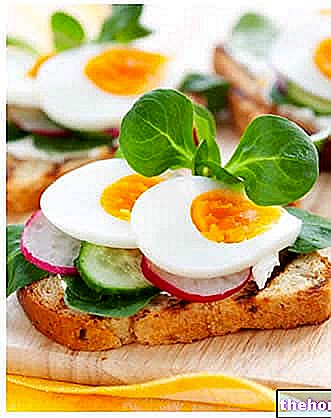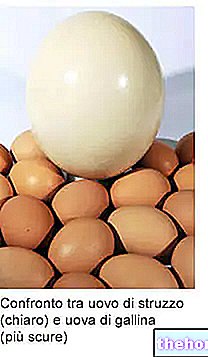
Conceived to mainly satisfy the user base of vegetarians, especially vegan and (with due precautions) raw foodists, the Buddha bowls are associated with the concept of healthy eating. , as often happens, of a "contestable" relationship based mainly on marketing.
The ingredients of the Buddha bowl are a combination of seeds and grains - even sprouted - such as whole grains, pseudocereals, legumes, oil seeds or dried fruit, sesame, hemp seeds, etc., or their derivatives - even fermented - vegetables and vegetables, fruits of all kinds, algae, mushrooms etc.
The Buddha bowls are already single portions. Unlike the Italian-style "salads", in these preparations the ingredients are not mixed, but arranged in an "artistic" way, taking care of the presentation.
The etymological root of the name "Buddha bowl" can have several explanations:
- Reference to a balanced Buddhist type meal. One of the accounts of the Buddha relates that, on his visits to the villages, he brought with him a bowl for food (hence bowl) to have it filled with any vegetarian type food.
- Reference to the shape of the bowl, similar to the broad belly of Budai (Hotei or Pu-Tai), a 10th century Chinese monk whose representations are often confused with those of Buddha.
Many use the term Buddha bowl as a synonym for Buddha's delight; however, these are two conceptually very different preparations; below we will understand why.























-nelle-carni-di-maiale.jpg)




